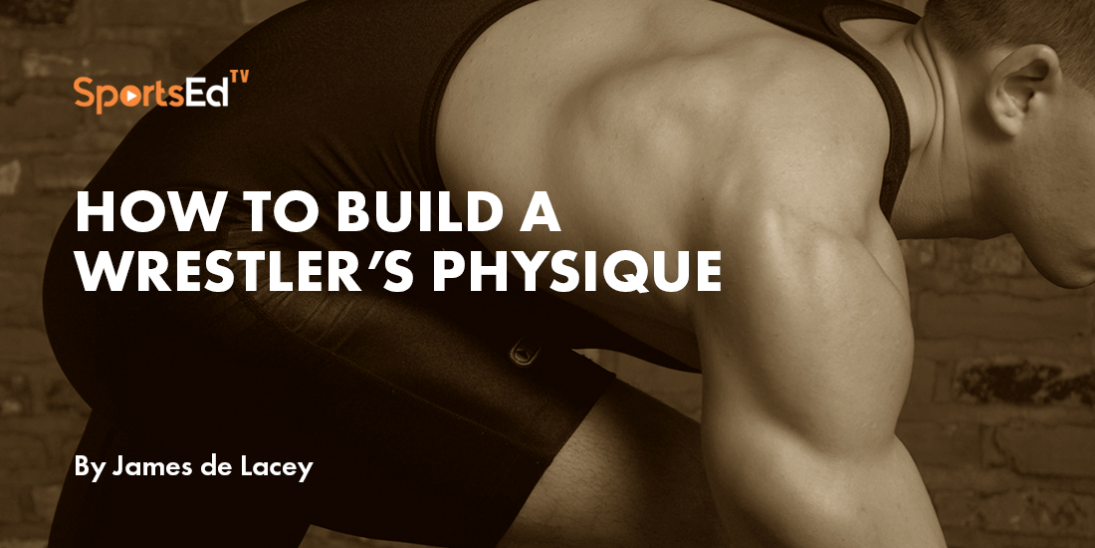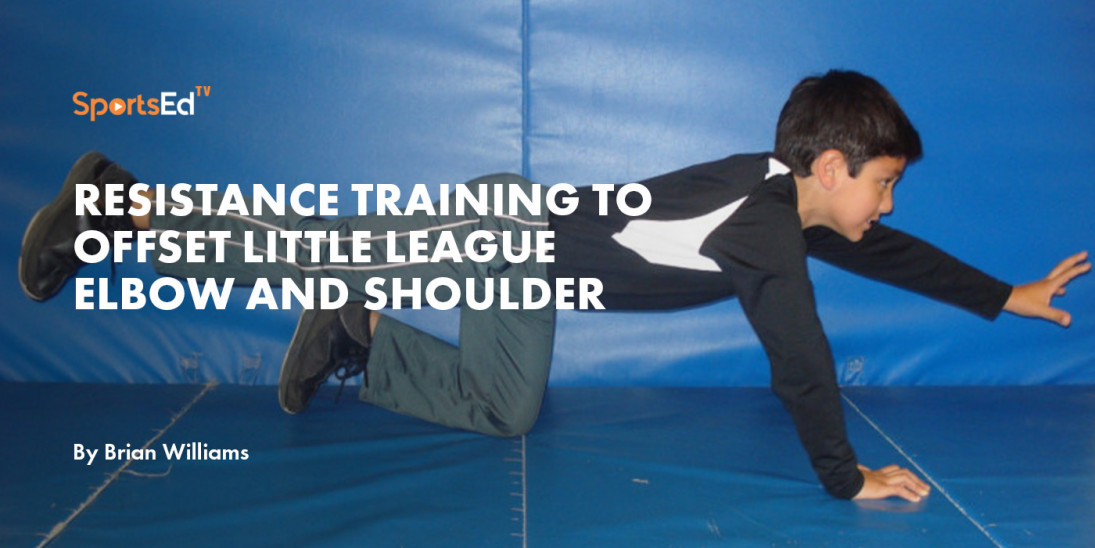Strength And Conditioning, Weightlifting
Welcome and thanks for visiting...

How To Choose The Right Barbell
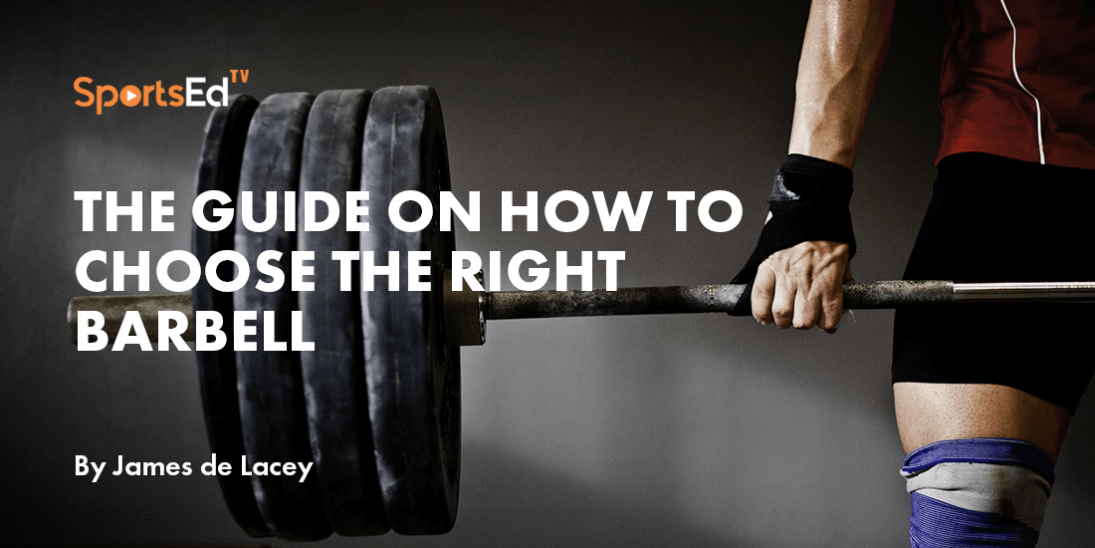
I believe you shouldn't skimp on three pieces of gym equipment: a barbell, bumper plates, and a power rack. Invest in quality, and you'll have these forever. So, how do you know what makes a great barbell? Is it the price? The brand? And how do you know which barbell to purchase based on your training style?
Factors to Consider When Choosing a Barbell
Type Of Training Dictates The Type Of Barbell
First, you must consider whether you primarily train for Weightlifting, Powerlifting, or CrossFit or dabble in multiple lifting styles. Barbells are made to the specification of the sport. For example, Weightlifting bars have smaller shaft diameters and have more whip than Powerlifting bars. Here’s a list of the main barbell types:
- Olympic Weightlifting Barbell
- Powerlifting Barbell
- Multi-Purpose Barbell
- Specialty Barbells (Trap Bars, Axles, Safety Squat Bars, etc.)
Most people want to invest in a barbell train at home. Very often, the best barbell for a home gym is a multi-purpose barbell as it gives a good balance between a Weightlifting and a Powerlifting barbell. However, take into account if you are competing in a strength sport.
I’ll go into detail about each barbell in the following sections.
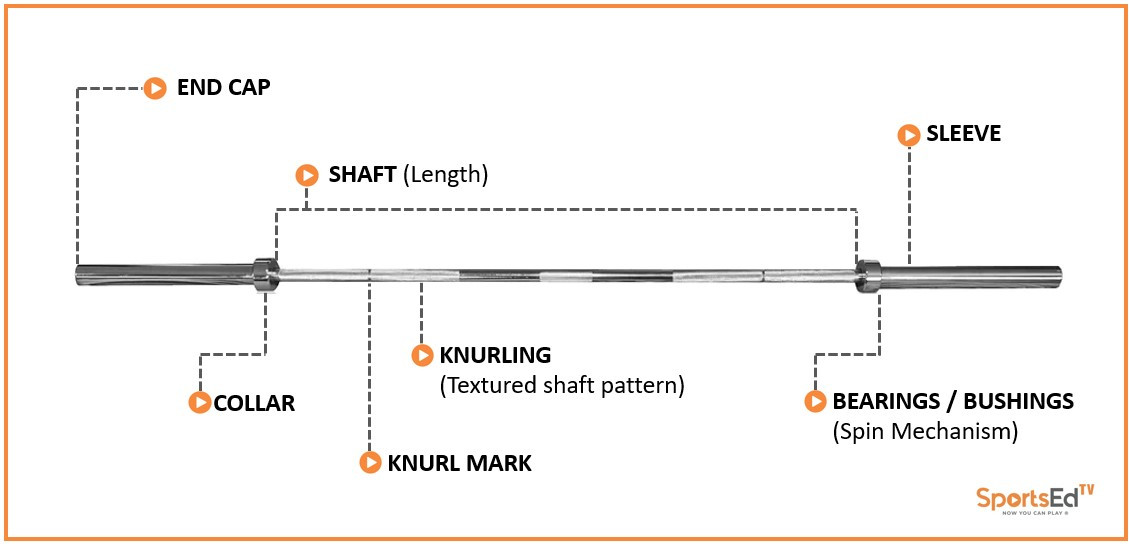
Barbell Length and Shaft Diameter
7 feet is the standard length of an Olympic bar. If you find a shorter barbell that is 5 or 6 feet long, run. 7-foot bars fit in all major brand power racks. Regarding diameter, this depends on the type of barbell. An Olympic Weightlifting bar has a 28 mm shaft diameter for men's and 25 mm for women's bars.
A multi-purpose barbell is typically 28.5 mm, and a Powerlifting barbell has a 29 mm shaft diameter. A 28 – 28.5 mm shaft diameter suits most people for general strength training, including CrossFit training.
However, women's CrossFit bars also have a 25 mm shaft diameter.
Finish
The finish of the barbell affects not only its appearance but its durability. Common finishes include bright zinc, black oxide, hard chrome, stainless steel, and Cerakote. Each finish has its benefits and drawbacks regarding corrosion resistance and grip.
Most premium barbells are finished with high-quality hard chrome or stainless steel. Stainless steel coatings are the most expensive but have the lowest maintenance requirements and don't rust. Hard chrome needs barely any maintenance and is highly rust-resistant.
I've owned my Eleiko barbell for over a decade and barely maintained it, and it has yet to rust or peel.
Zinc finishes are typically cheaper as they wear with use and need much maintenance to keep rust-free. Cerakote is a cosmetic finish to have your barbell in bright colors. It offers good rust resistance but can change the feeling of the knurling.
One finish to avoid is manganese phosphate, which offers little protection and wears quickly.
Sleeve Rotation/Spin
Barbells can have either bearings or bushings to enable the sleeves to spin. Some multi-purpose barbells have a combination, but these are rarer. Needle bearings offer a smoother rotation and are ideal for Olympic lifts. You want a fast-spinning barbell to allow a fast turnover in the snatch and clean &; jerk to protect your wrists.
Bushings are more affordable and work well for Powerlifting and general strength training. They don't spin as quickly, allowing more stability during heavy strength training.
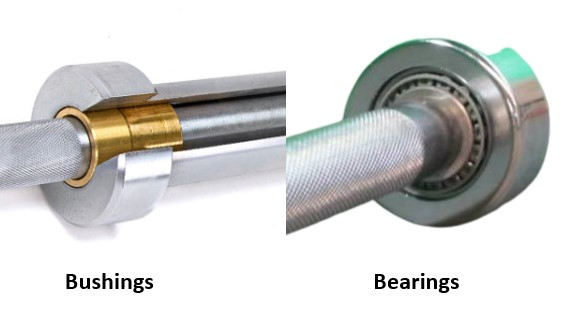
Strength and Durability
While barbell finish influences durability, so does the tensile strength. Tensile strength is measured in pounds per square inch (PSI) and reflects how much load it can withstand before deforming or breaking. You’re typically looking for anything above 180,000 PSI as a high-tensile strength barbell.
Many high-quality barbells are over 210,000 PSI, giving you the peace of mind to do heavy rack work and partials. Avoid barbells with a tensile strength below 180,000 if you're heavy-strength training.
Whip
Whip refers to the flexibility or bounce of the barbell. Olympic Weightlifting barbells have more whip, so you can safely and effectively bounce out of the hole. On the other hand, Powerlifting barbells are stiff and provide stability during heavy lifts.
Multi-purpose barbells are an in-between barbells having some whip but not to the extent of a Weightlifting bar.
What is Knurling
Knurling refers to the textured barbell shaft pattern that improves grip. The aggressiveness of the knurling can vary between barbells and often depends on training vs. competition bars. For example, premium competition barbells have aggressive knurling that is unsuitable for daily training.
In contrast, premium training barbells have a more balanced knurling, so you can often train without shredding your hands. A great example is the Eleiko barbells.
But you're typically looking at diamonds, volcanoes, and mountain knurling. Diamond knurling is found on cheap barbells and is too slippery. It can feel like the center knurling of a Weightlifting barbell. Volcano knurling is moderately aggressive as the peaks of the crosshatch pattern are flattened to resemble the shape of a volcano.
Mountain knurling is sharp and deep. It’s like a cheese grater for your hands.
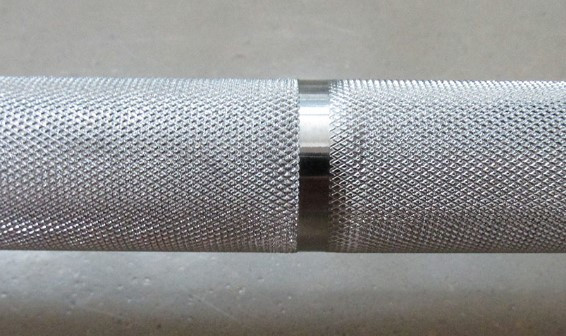
Barbell Price
Price will always be a deciding factor for your barbell purchase. If you have an upper limit, that will dictate the quality you can buy. High-end Weightlifting and Powerlifting barbells will set you back over $1000. But they are worth it as they last a lifetime.
If you’re looking for the best budget barbell, Rogue Fitness Boneyard is where you want to shop. They are barbells with slight cosmetic blemishes that don't affect the barbell's performance, but you get them at a steep discount.
Conclusion
My philosophy when buying essential gym equipment is to buy nice, don't buy twice. You can find barbells for under $100. But you’ll have a poor lifting experience and will need to replace it within a few years. Instead, go premium. You won't regret it, and I haven't with my over-a-decade-old barbell.



